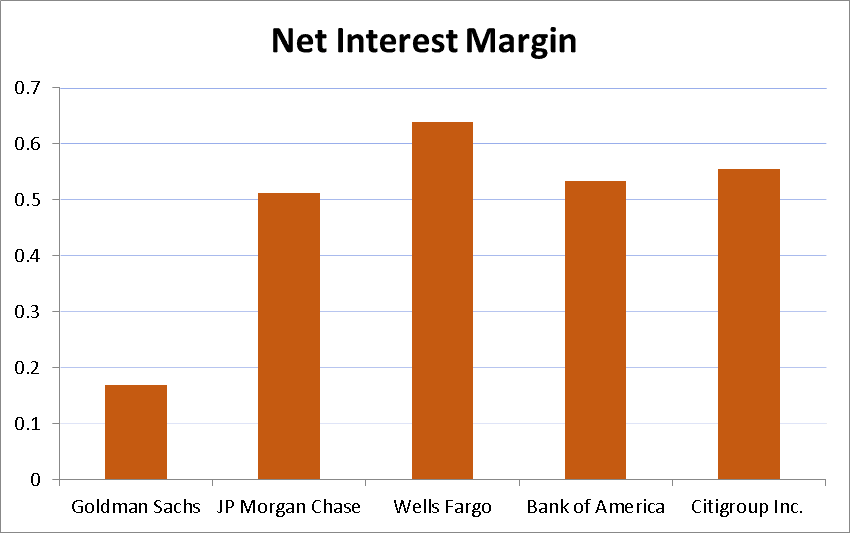1 Introduction
Over 2 full decades since its emergence, payday financing stays a divisive subject for economists and policymakers.
No conscensus happens to be reached on whether usage of these high-cost, short-term balloon loans makes consumers best off or even worse. Advocates point out situations where pay day loans be seemingly a person’s smartest choice. As an example, if unforeseen medical expenses keep a family group brief on money to pay for resources, an online payday loan could be better than an electricity shutoff and ultimate reconnect cost. Alternate sourced elements of funds can be unavailable when you look at the situation of crisis (as an example, charge cards could be maxed down) or higher costly than pay day loans (as are overdraft charges at numerous banking institutions). Research such as for instance Morgan and Strain (2008), Elliehausen (2009), Fusaro and Cirillo (2011), and Morse (2011) has supported the idea that usage of payday lending is welfare-enhancing.
Nonetheless, opponents of payday lending mention  that customers rarely report borrowing in response to such crisis situations. Pew Charitable Trusts (2012) discovers that just 16% of payday clients took away their initial loan in reaction to a unanticipated cost, while 69% reported borrowing to pay for a recurring cost such as for instance lease or food. additionally, though they’ve been marketed as short-term loans built to cope with transitory shocks, a substantial small fraction of clients utilize pay day loans over and over repeatedly. 1 Such perform borrowing fuels the declare that payday advances can trap borrowers in cycles of financial obligation. Research such as for instance Parrish and King (2009), Melzer (2011, and Carrell and Zinman (2013) implies that the destruction brought on by such debt rounds outweighs the huge benefits of access.
that customers rarely report borrowing in response to such crisis situations. Pew Charitable Trusts (2012) discovers that just 16% of payday clients took away their initial loan in reaction to a unanticipated cost, while 69% reported borrowing to pay for a recurring cost such as for instance lease or food. additionally, though they’ve been marketed as short-term loans built to cope with transitory shocks, a substantial small fraction of clients utilize pay day loans over and over repeatedly. 1 Such perform borrowing fuels the declare that payday advances can trap borrowers in cycles of financial obligation. Research such as for instance Parrish and King (2009), Melzer (2011, and Carrell and Zinman (2013) implies that the destruction brought on by such debt rounds outweighs the huge benefits of access.
Offered the continued debate over its merits together with long history of high-cost, short-term loans directed at credit-compromised customers (Caskey, 1996) this indicates most most likely that payday financing, or something like that comparable to it, will continue to be a function of this credit landscape when it comes to future that is forseeable. With this explanation it may possibly be effective to inquire about not whether payday financing is great or bad on internet, but rather which kind of payday financing might be best.
Both edges for the debate have a tendency to treat “payday financing” as being a monolithic entity, however in practice it really is a pastiche of methods shaped by a varied group of state rules. States have actually approached {payday lending with|lending tha number of regulatory methods including price caps, size caps, prohibitions on perform borrowing, prohibitions on simultaneous borrowing, “cooling-off” periods, mandates to produce amortizing options, and lots of combinations thereof. A few of these types of legislation may produce loans that are payday lead to higher results than the others. Though a few documents, particularly Avery and Samolyk (2011), have actually tried to compare regulations of differing skills (when it comes to Avery and Samolyk (2011), greater cost caps versus reduced people), efforts to tell apart among regulatory methods have actually to date been restricted.
This paper stops working the monolith of payday financing so that you can judge the general merits of financing under different regulatory regimes.
It works on the unique dataset that is institutional all loans originated by just one big payday lender between January 2007 and August 2012, in 26 for the 36 states for which payday financing is allowed–a total of over 56 million loans. Unlike past payday datasets, the level and breadth of the data span many different regulatory surroundings, to be able to calculate for the ramifications of many different regulatory approaches.
But, the info are restricted in a few methods. Above all, client task away from payday borrowing is unobserved, rendering it impractical to calculate results on general monetary wellness. 2nd, considering that the data result from a solitary loan provider one cannot credibly estimate the end result of state legislation on total financing amount. This paper focuses on loan terms and usage-based outcomes for these reasons. In particular, it centers around customers’ propensity to borrow over and over. Whatever their other views, payday lending’s supporters and detractors frequently have a tendency to concur that very persistent indebtedness is undersirable and indicative of counterproductive usage, making perform borrowing a good item of research.







